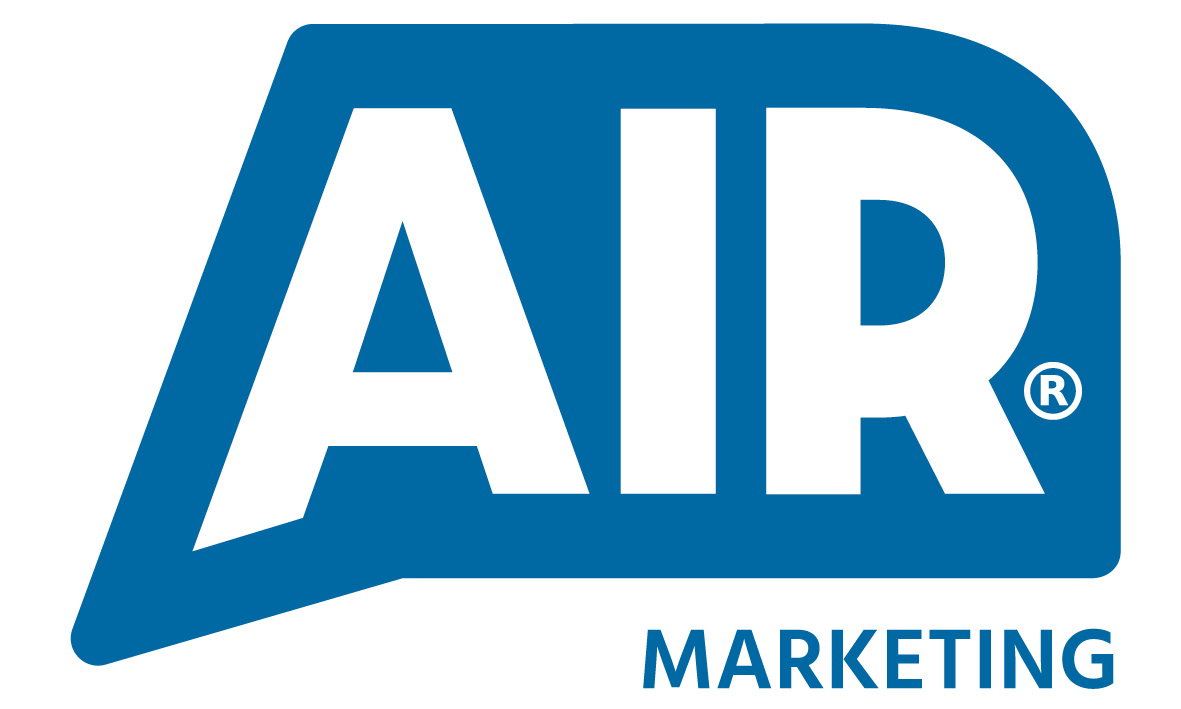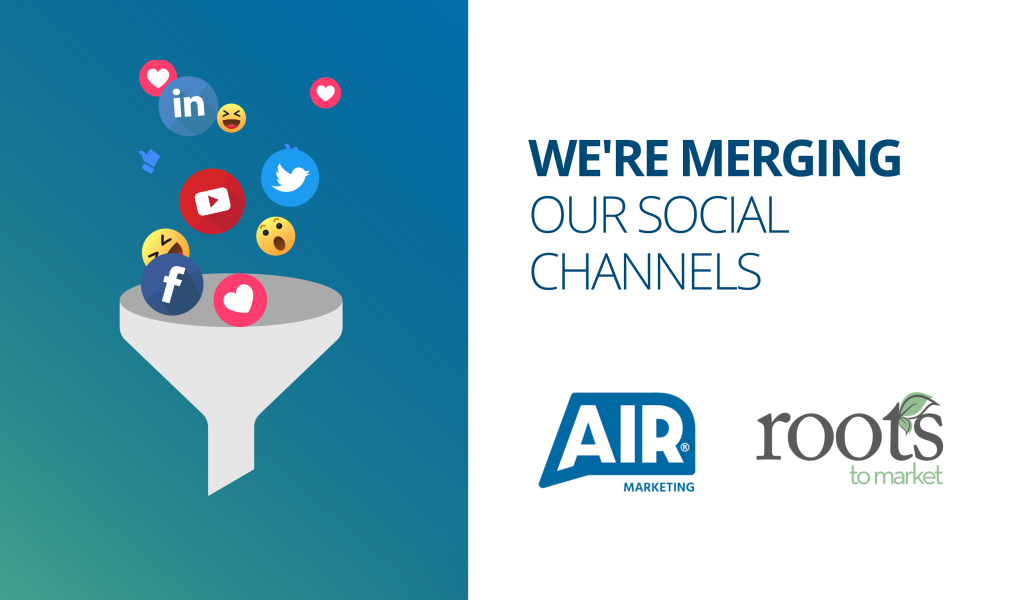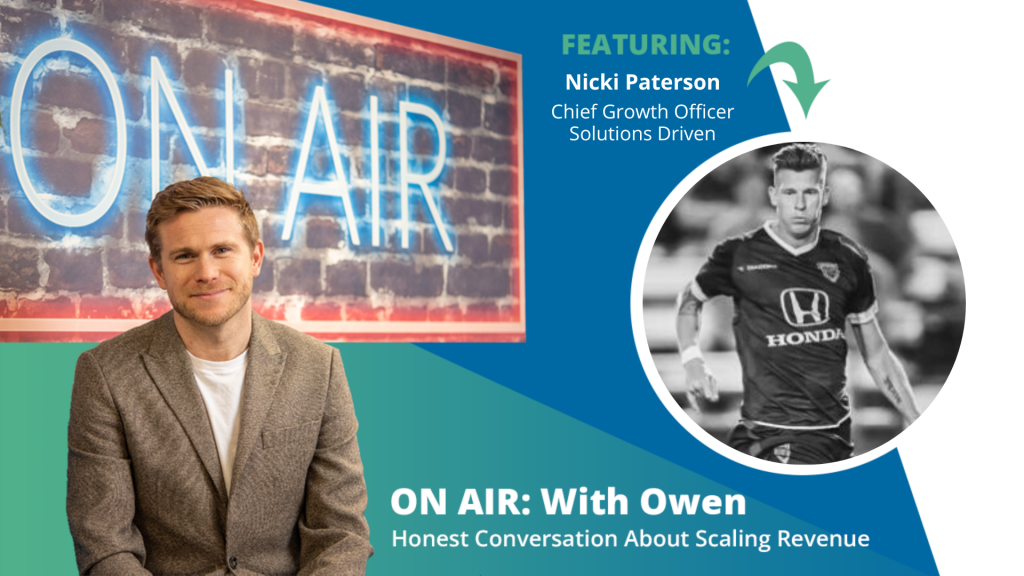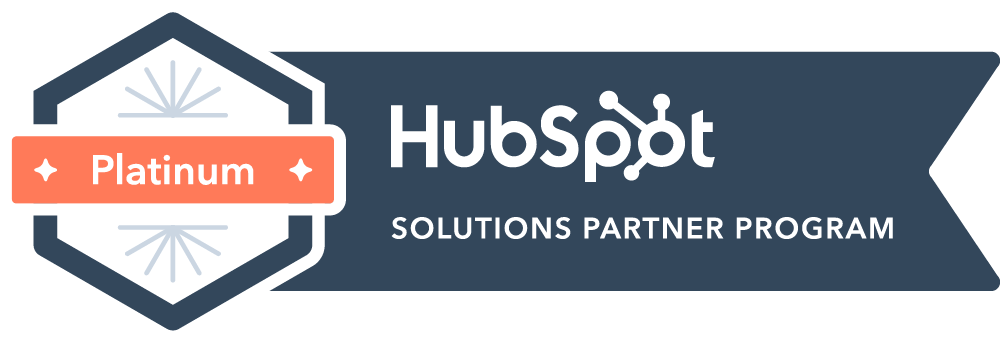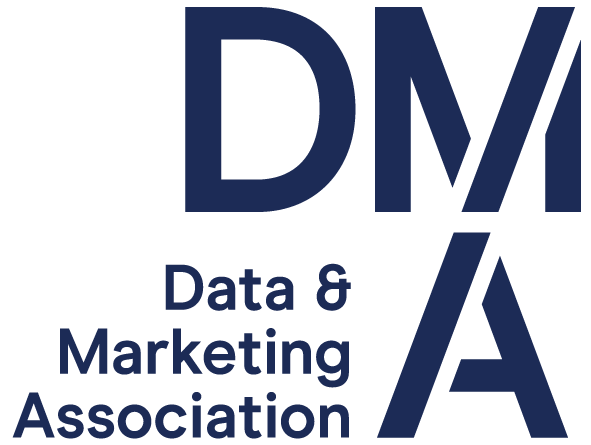When you’re looking to sell your product or service, is it best to write a blog or pick up the phone?
You can split all marketing channels into two separate camps – inbound and outbound marketing.
Outbound marketing is anything you can use to broadcast a sales message to prospects, including direct mail, media ads, out-of-home (OOH) advertising and, of course, telemarketing.
A newer concept enabled by the rise of the internet, inbound marketing refers to marketing that appeals to people who are looking for an answer to a question they have. Blogs, videos, podcasts, and social media are all good examples of inbound marketing.
Need an easy way to remember the difference? Outbound marketing is about ‘pushing’ a message to customers, while inbound marketing is about ‘pulling’ them in.
When you run a sales and marketing department with a limited budget, you might wonder which method is best for bringing in the leads. Many digital marketing agencies out there sing the praises of inbound marketing, which begs the question… what about outbound?
Let’s look at the pros and cons of each method, and which will drive the most leads to your business.
The advantages of inbound marketing
It’s cost-effective
If you don’t have much money to spend, inbound marketing can be a cost-effective option to grab leads and push prospective customers through your sales funnel. After all, it’s a lot cheaper to create a social media post than it is to hire a billboard!
According to HubSpot, inbound leads cost 61% less than outbound leads. Not only this, but you can easily incorporate online inbound marketing into your general digital marketing strategy, increasing cost-effectiveness even more. For example, combining your blog posts into your search engine optimisation (SEO) strategy to rank higher for selected words and phrases on Google and Bing.
It feels less like an advert
The point of inbound marketing is that it entertains and educates prospective customers, encouraging them to find out more about your business. Take, for example, our ON AIR: With Owen podcast series!
People are now getting savvy to marketing that feels too much like a sales pitch. We can now fast-forward through ads, block cold calls on our mobile phones and hide ads online. It’s estimated that over half of people now use ad-blocking software on their computers.
As inbound marketing draws people in, they’re more likely to stick around to see what your call-to-action is.
The advantages of outbound marketing
It’s easier to scale
With inbound marketing, you’ll eventually run out of people to promote your content to. There’s no point doubling your inbound budget when your target audience has been entirely saturated, and you’ve run out of interest.
The benefit of outbound is that you can use it to convince someone who might not have been looking to buy your product or service, meaning you can target more people.
It lets you promote yourself to the right people
Inbound marketing may bring you lots of leads, but there’s no guarantee they’re the right ones for your business. As a result, your sales and marketing team may have to spend a disproportionate amount of time qualifying and scoring these leads.
With outbound techniques like telemarketing, you can speak to potential customers directly, asking the right questions to see if they’re a good fit for your product or service. Plus, as you get an immediate response, you can see those sales rack up a lot more quickly.
Want to appeal to more customers and get more leads? Use both types of marketing
Many marketers think they have to choose between outbound and inbound marketing when promoting their business. However, the truth is that both work best when used together.
Inbound marketing is perfect for targeting people who know what they want; they just need a little nudge in your direction. For example, let’s say you sell green energy solutions for businesses. You can create a content marketing strategy that attracts people that want to know more about the different types of green energy and how your company can help.
Conversely, outbound marketing lets you promote your organisation to businesses that hadn’t considered green energy solutions before. A targeted telemarketing campaign enables you to introduce your business to potential customers, understand their pain points, and discuss how you can support them.
By using inbound and outbound marketing together, you can ensure that all parts of your sales funnel are covered, and your business gets the high-quality leads it deserves.
Need help with your inbound and outbound marketing? Team Air can help create a marketing and sales solution that covers all your requirements. Contact us today to find out more.
